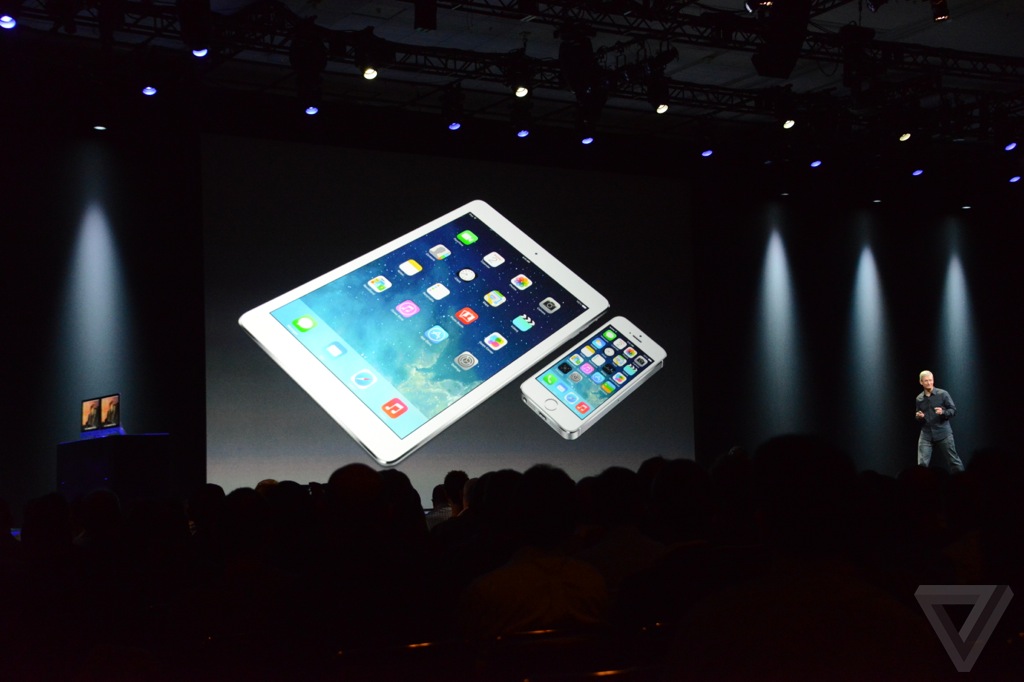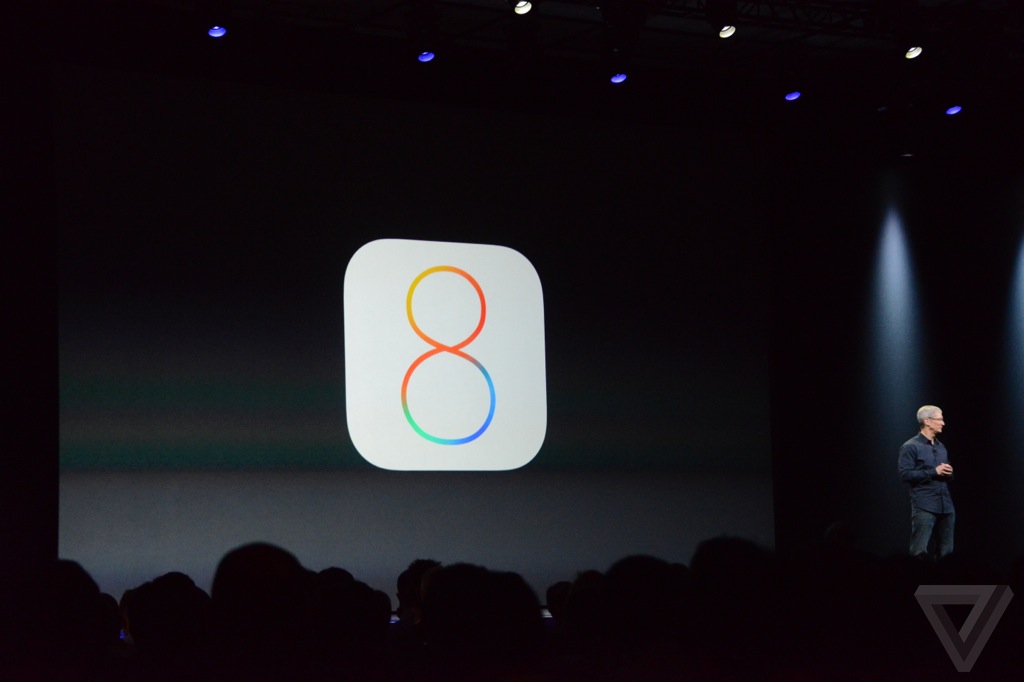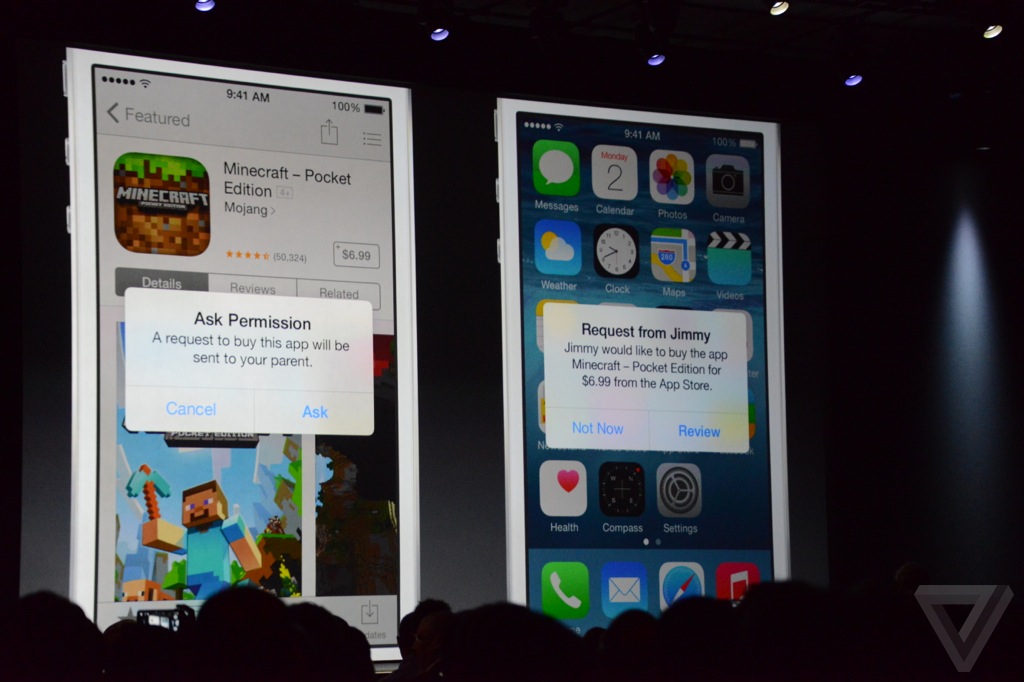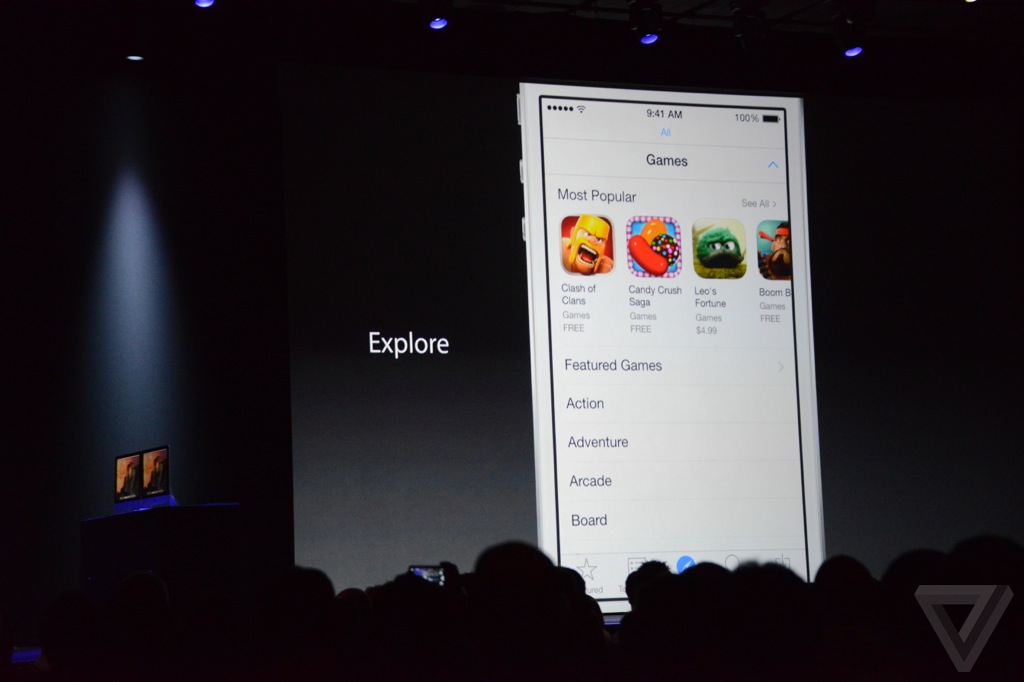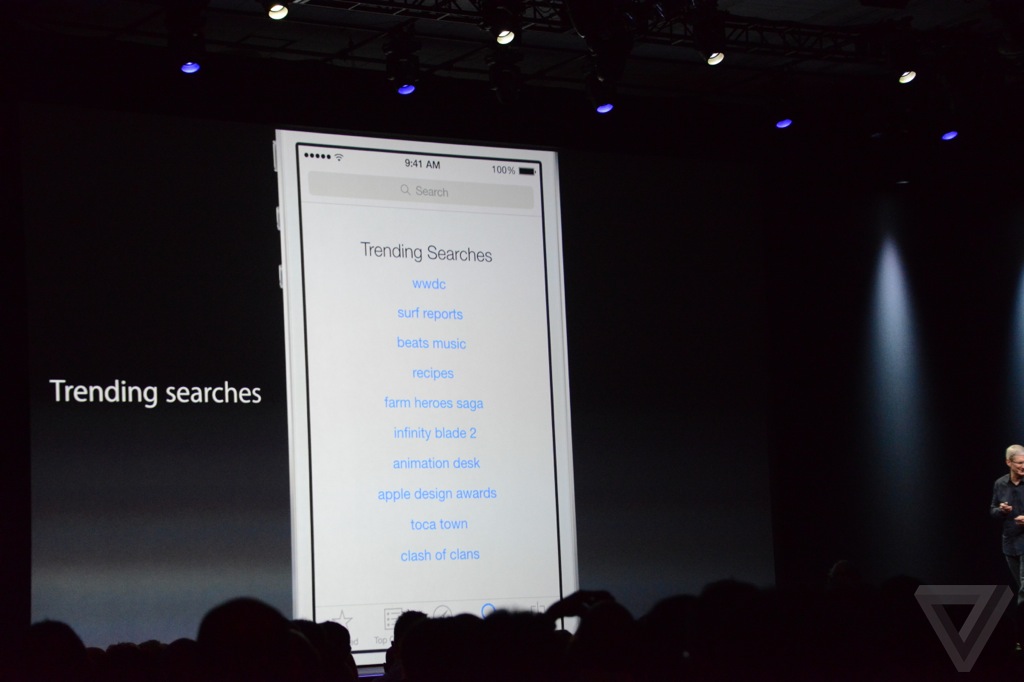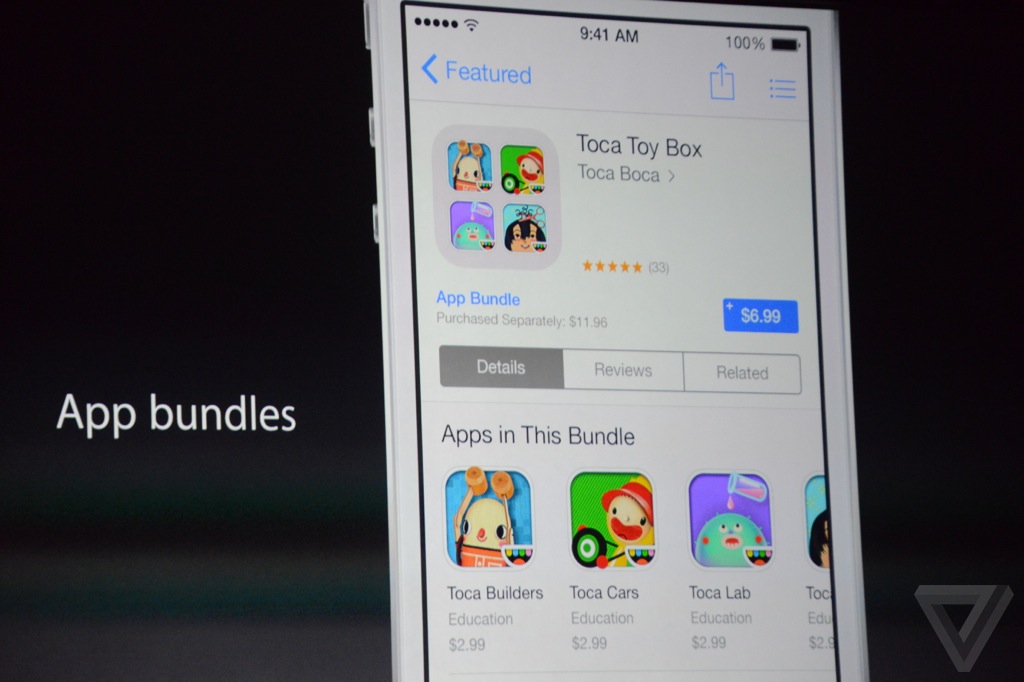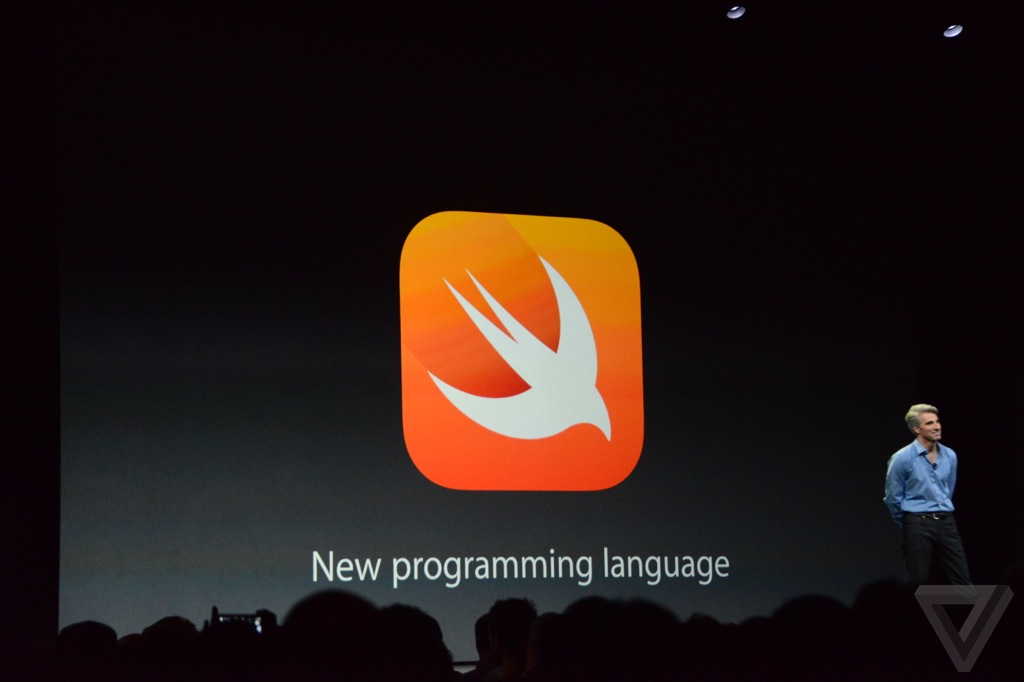This time, Yablochniki managed to surprise: they not only boasted impressive numbers and introduced a new iOS, but also seriously changed the App Store, added a number of new APIs, and also introduced the replacement of Open GL and Objective-C.
But about everything in order. At the presentation, Apple said that by now the company has achieved the following figures:
- 800 million iOS devices sold;
- 100 million iPod touch sold;
- 200 million iPads sold;
- 500 million iPhones sold;
- 12 million apps available;
- 300 million users visit the App Store every week;
- 75 billion total downloads from the App Store;
- Over the past year, the number of iOS users has increased by 130 million;
- iOS 7 is on 89% of devices.
The Apple company also introduced iOS 8. The key innovations of the system are as follows:
- Quick access to the most frequent contacts via the sidebar;
- Ability to call/send sms via sidebar;
- The ability to comment on Facebook posts directly from the notification screen;
- A QuickType tool has appeared, which, when typing a phrase, suggests the word that you may be typing (hello, Android);
- Possibility of group communication within the “Messages” application;
- The ability to record a voice message directly in the chat (as well as recording photos and videos);
- A set of HealthKit applications that kills the market of third-party applications that monitor how you sleep, walk and how many calories you burn;
- The ability to share content within the group (plus the ability to track purchases of a certain part of the group).
Apple has also finally taken up the App Store.
1. Added the Explore panel with the most popular selections of applications by category.
2. Added trending search.
3. Made a “related search” (related search).
4. Added bundles.
5. Video reviews of applications and games appeared.
6. Officially announced the launch of the beta version of TestFlight within the iOS platform
Apple also announced a major SDK change: more than 4,000 new APIs.
One of the new features is the ability to link installed applications within the OS to each other. This made it possible to implement widgets. As an example, the presentation cited a translation widget that works within Safari. They promised that third-party keyboards would appear (Swype was shown at the presentation).
One of the new APIs is HomeKit, which will allow you to link an iOS device with a system responsible for the energy supply of the house.
Presented a replacement for OpenGL – Metal, responsible for optimizing graphics. It is currently optimized only for A7 processors. The bundle allows you to display up to 1.3 million triangles on the Frostbite engine on the screen of a mobile device. Epic showed a scene where more than 5,000 petals were swaying at the same time.
They also talked about SpriteKit, which will support multiple light sources, field forces, pixel-level physics and inverse kinematics. There will be more SceneKit, which is designed to render three-dimensional scenes for casual games.
And, perhaps, the main bomb of the presentation: Apple has introduced a new programming language, which, as the company hopes, will replace Objective-C. It is called Swift. The language can exist within the same ecosystem with Objective-C and just C, but it is much simpler and works faster (in real time, you wrote it, you immediately see the result).
iOS 8 is available to developers as a beta from today. The official release will take place in the fall.
Photo: theverge.comSource: live.
theverge.comMore about the innovations here.


